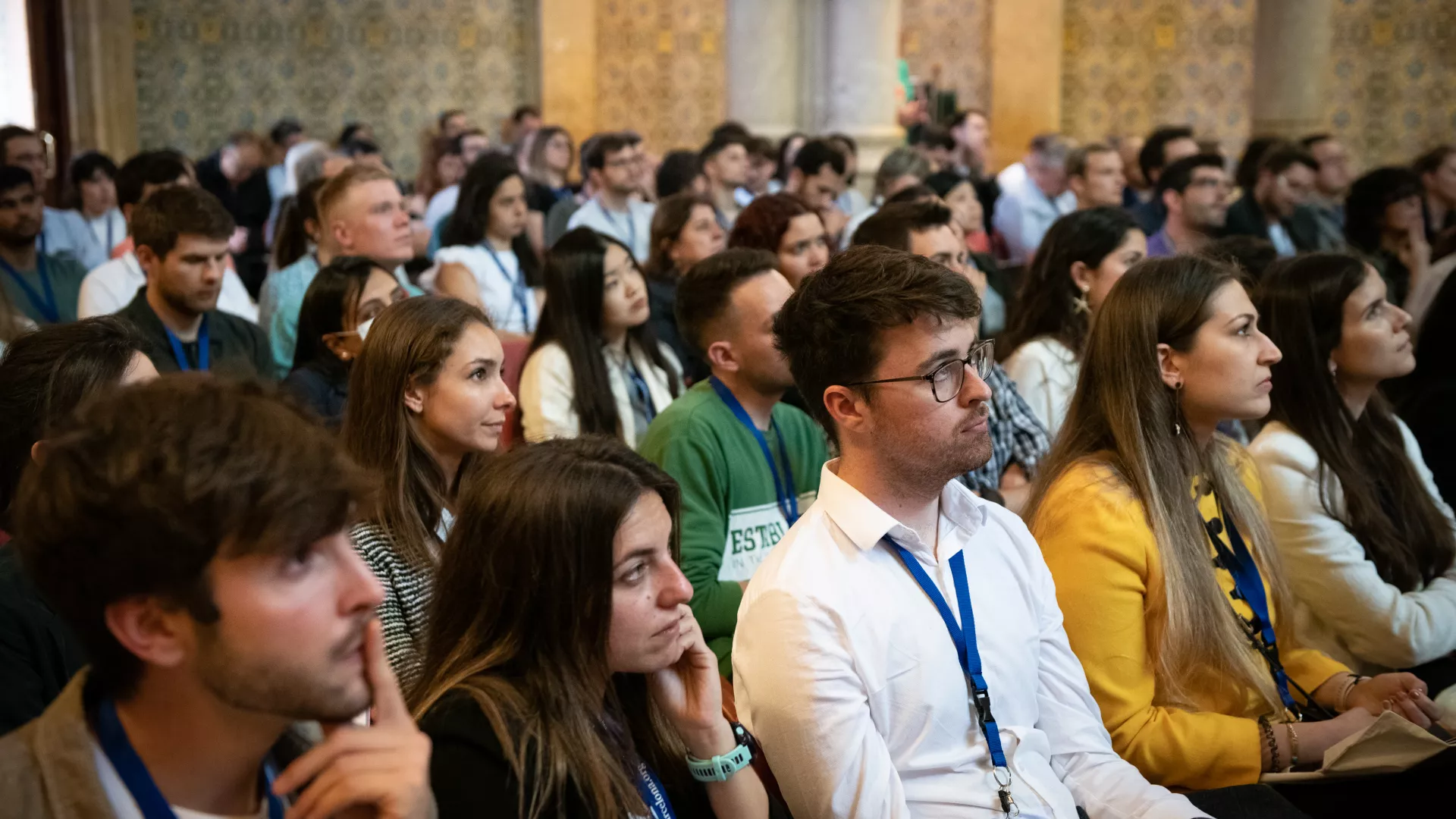Speaker: Poul Nissen, PhD – Danish Research Institute of Translational Neuroscience – DANDRITE – Nordic-EMBL Partnership for Molecular Medicine – Aarhus University – Dept. Molecular Biology and Genetics – Aarhus
Presentation
Organizers: IRB Barcelona
Date: Friday 28 September, 12.00h
Place: Felix Serratosa Room, Parc Científic de Barcelona, Spain
Host: Manuel Palacín, PhD & Miquel Coll, PhD (IRB Barcelona)
Plenary Seminar
Abstract:
Using primarily membrane protein crystallography and cryo-EM, and combined with biochemical and electrophysiological studies, single- molecule FRET, molecular dynamics simulations, and modelling, we have obtained deep insight into the functional cycle of primary active transporters of the P-type ATPase family and secondary active transporters of the SLC6 family.
The transmembrane gradients for the key cations Na+, K+, and Ca2+ are generated Na,K-ATPase and Ca2+-ATPases of the P-type ATPase family. They provide the basic potentiation of ion channels and e.g. Na+ dependent secondary transporters, and the osmotic potential that regulates cell volume, ionic conditions, and pH of the cytosol and extracellular space. In brain Na,K-ATPase activity accounts for an estimated 40-70% of total ATP hydrolysis and potentiates e.g. Na+ and K+ channels for their activity in action potentials and membrane potential, and Na+ coupled Ca2+ efflux, pH and Cl- control, and neurotransmitter uptake. Ca2+-ATPases of the same P-type ATPase family contribute also constantly to very steep calcium gradients that potentiate calcium signalling pathways. These activities are fundamental to physiology, and malfunctions are linked to diseases such as neurological and cardiovascular disorders. Lipid flippases of the same P-type ATPase family maintain asymmetric lipid distributions in biomembranes, but their structure and function have remained enigmatic.
Secondary transporters of the SLC6 family include for example the serotonin and dopamine neurotransmitter transporters, and a wide range of amino acid transporters. From studies of the bacterial amino acid transporters MhsT and LeuT, we have gained significant insight into the critical steps associated with gate opening to the intracellular and extracellular environment of SLC6 transporters.
The lecture will cover both methodological considerations and rationales as well basic structural concepts and mechanisms of active transporters.
Recent papers
- Dyla M, Terry DS, Kjaergaard M, Sørensen TLM, Andersen JL, Andersen JP, Knudsen CR, Altman RA, Nissen P*, Blanchard SB* (2017). Dynamics of P-type ATPase transport cycle revealed by single-molecule FRET. Nature 551, 346-351
- Malinauskaite L, Said S, Sahin C, Grouleff J, Shahsavar A, Bjerregaard H, Noer P, Severinsen K, Boesen T, Schiøtt B, Sinning S, Nissen P (2016). A Conserved Leucine Occupies the Empty Substrate Site of LeuT in the Na+-free Return State. Nature Comm. 7, 11673
